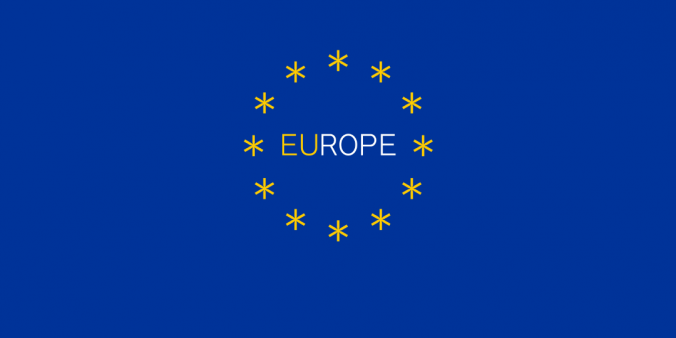
Report ‘Culture and Creative Sectors and Industries driving Green Transition and facing the Energy Crisis’
In an era where the consequences of climate change are becoming irreversible, there is hopeful news. Voices of Culture, the structured dialogue platform between the European Commission and the cultural sector, releases the Brainstorming Report: Culture and Creative Sectors and Industries Driving Green Transition and Facing the Energy Crisis. This report sheds light on the vital role of the cultural and creative sectors and industries (CCSI) in addressing this global challenge.
It recommends that the European Commission introduces new institutional forms of support and funding structures to empower CCSI to do what it can do best: to break with tradition and expectation, break rules, habits and practices, and replace them with new perspectives and forms. CCSI needs courageous, competent funding and policy enablement to offer the courageous cultural interventions that a complex, multi-dimensional strategy such as the European Green Deal needs.
The European Commission Structured Dialogue platform Voices of Culture invited participants from 35 organisations, selected through an Open Call from the relevant sectors across Europe, to brainstorm over two days – 15 and 16 June 2023 – in Tartu, Estonia, in order to collect insights, experiences, and recommendations on this topic from civil society. The findings in the Brainstorming Report reveal a wealth of European initiatives to support the greening of CCSI and present several recommendations to build on and extend the effectiveness of those initiatives. The report is aimed at both local and national cultural practitioners and policymakers, providing them with useful tools and recommendations for their work. It features a comprehensive summary section, providing an overview of the main points of each chapter.


